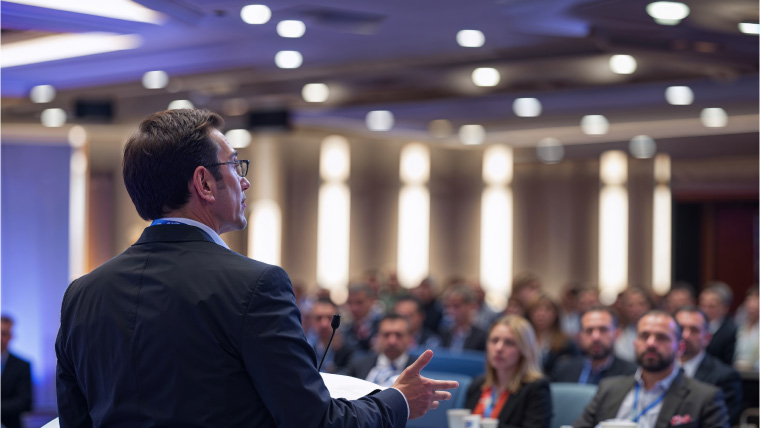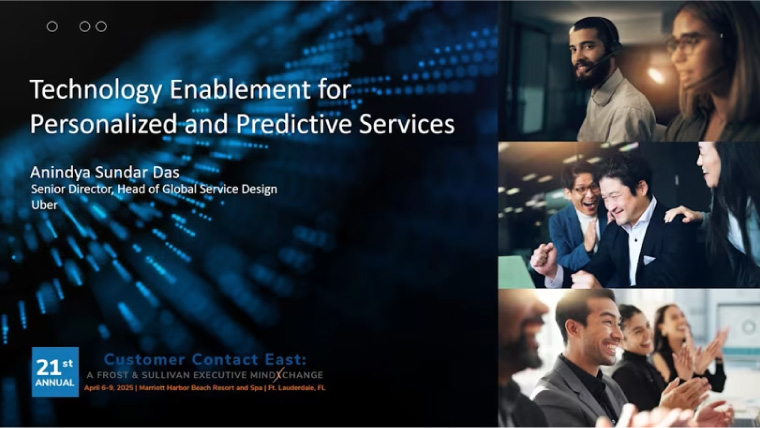Strategic Boardroom: Sharing Customer, Industry and Competitive Insights
INTRODUCTION
Customer experience leader Rachelle Dever led a brainstorming session on ways to improve customer and employee loyalty, shift focus away from metrics and toward experience, and cultivate advocacy for your brand.
SESSION ABSTRACT
Customer expectations and business needs evolve rapidly; maintaining alignment between the two is imperative for success in rapidly-changing environments. This session focused on best practices for combining tried-and-true methods and cutting-edge technologies to fundamentally align business success to customer loyalty through qualitative and quantitative insights.
KEY TAKE-AWAYS
- Techniques – including pitfalls and best practices – to develop the right action plan for individual businesses
- Fresh perspectives for establishing the right metrics and insights to implement a robust voice of the customer program
- Examples and resources across industries for establishing scalable programs
EVERGREEN INSIGHTS
- Metrics aren’t everything, and often don’t tell the whole story
- Speak your leaders’ language to influence change
- Value different types of intelligence on your teams
- Figure out how to measure both employees’ and customers’ emotional affinity to your company
IMPLEMENTATION GUIDELINES
How do we change a metrics-centric culture?
- Metrics can be a hurdle in getting leadership to understand why qualitative assessments are important
- Keep shouting, keep talking to leadership about culture changes, keep having those conversations
- Find advocates and sponsors who can speak on your behalf
- Book suggestion/TED Talk on leadership: “Start With Why” by Simon Sinek
Control what you can control:
- Change culture on your team first
- Use metrics to show how culture is improving business
- Word of mouth gets around, momentum builds and things can change organically
- Be patient – it can be a long game
- Speak to leadership in their own language
- Monetize the guest experience – can be a good selling point
Work towards buy-in and funding for your projects and team:
- In a start-up world, insist that customer service has a seat at the executive table from the get-go
- In 75-year-old company: piggyback off “what’s hot”, attach it to other peoples’ trendier initiatives that are more likely to get traction
- Demonstrate the example yourself by listening to other people the way you expect to be listened to
- Teach people your language so they know how to present ideas to you
- Find what someone cares about and use that to sell it to them
IQ is not the only way to measure talent:
- Appreciate other kinds of intelligence, like emotional, artistic, social, etc.
- Everyone on the team should not be alike
- Need employees who are intelligent in different areas
- Value people at the table for what they bring to the business and capitalize on it
- Don’t throw people away for having differences
- Find the people that fit with your culture and hold them accountable
How are you measuring and how do you correlate that to the customer experience?
- Quarterly surveys
- Annual surveys
- The better retention is, the better production is
- Action plan against feedback you receive from your employees
- Develop a culture of failure, feedback, and fun
- Don’t hide failures, broadcast them so everyone can learn
- Celebrate your wins
- Link behavioral questions from survey to behavioral agent performance (If they’re happy behaviorally on an employee survey and customers are happy, you can do a strong correlation)
- As employee satisfaction goes up, the overall customer satisfaction should follow a similar trend
- Shift the method for quality assessments on advisors
ACTION ITEM
Loyalty is important, but advocacy is the goal:
- There is one question we can ask on the employee side that directly correlates to guests and indicates retention: “Is this is a place for someone like you?”
- ‘Emotional affinity applies to both employees and leadership’
- ‘If employees feel their workplace is somewhere they belong, they are more likely to stay’
- ‘Same can be correlated to customers’
- Figure out the question you need to ask to gauge emotional affinity to your brand
- Outline a chain of influence in your company
BEST PRACTICE
- Connect employee engagement to customer experience
- Get past data points and share human stories of your employees
- Trust that employee engagement will pay off
- Empower employees to deliver by letting them handle problems, refund fees, and solve issues for customers
FINAL THOUGHT
Success hinges on how well you can adapt, engage, and perceive opportunities in the relationships you have. Your guest experience will never exceed that of your employees’ experience. Center the employee experience and everything else will fall into place.



